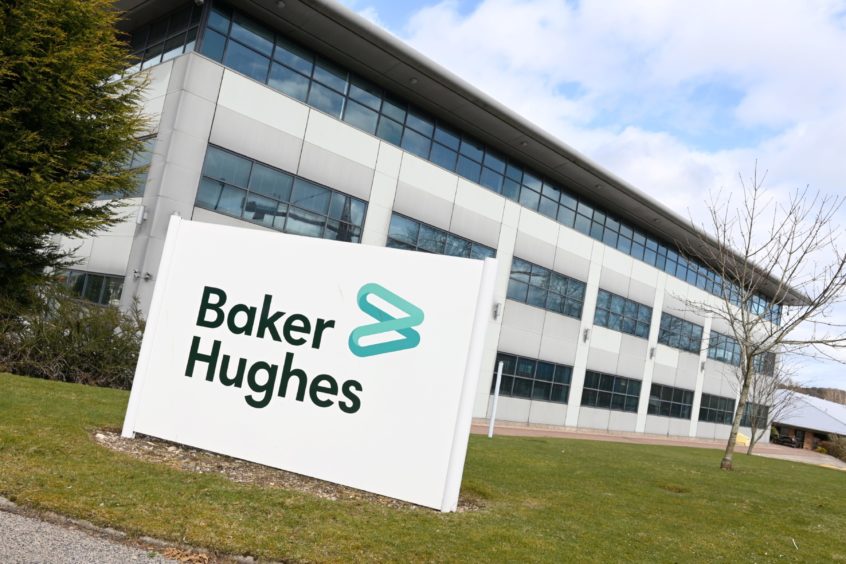
Orders and revenues at the oilfield services giant surged year on year as executives noted a ‘fundamentally tight’ LNG market.
Baker Hughes (Nasdaq:BKR) saw a 26% rise in net income to $518 million during the third quarter, while revenues also grew to $6.6 billion – an increase of 5% on last quarter and 24% year on year.
Orders also rose 40% on the same period last year to $8.5bn, amid strong demand across the industry.
The company ascribed the increase in revenue to higher volumes in both its industrial and energy technology (IET) and oilfield services and equipment divisions (OFSE).
Notably, OFSE saw “continued regional growth” in the North Sea thanks to two multi-year contracts with Vår Energi. The first, a nine-year contract, will see it offer well intervention and exploration services to Vår’s Norwegian Continental Shelf prospects as well as assisting the group’s carbon reduction efforts.
The second, a 15-year contract in OFSE’s SSPS product line, will deliver bespoke vertical tree systems selected for the complexities of the Balder Field.
OFSE also booked “several major awards” from a Middle East operator, including a long-term directional drilling services contract spanning the entirety of the customer’s oil and gas rigs both on- and offshore. A second award will use Baker Hughes’ coiled tubing drilling technology for an integrated project for natural gas development to support the country’s self-reliance aims.
In the energy transition space, its IET unit secured an award for a front-end engineering and design (FEED) study by the Nebraska Public Power District (NPPD) for carbon capture and storage (CCS) at a 700MW coal-fired power plant, as well as “multiple orders” from Air Products supporting its hydrogen projects across the globe.
“We continue to see positive momentum across our portfolio despite persisting global economic uncertainty,” said Baker Hughes chairman and chief executive officer Lorenzo Simonelli.
“Oil prices have rebounded as the combination of resilient oil demand and production cuts have tightened the market. As a result, the oil market is likely to see inventory draws through the rest of 2023. Continued discipline from the world’s largest producers, the pace of oil demand growth in the face of economic uncertainty, and geopolitical risk will be important factors to monitor as we look into 2024.”
Mr Simonelli added that the global LNG market remains “fundamentally tight despite recent economic softness” and pointed to recent spikes in gas price spikes seen as a result of the conflict in the Middle East conflict and strikes by LNG workers in Australia.
“Globally, we expect 2023 LNG demand to approach 410 million tons per annum (MTPA), or up about 2% compared to last year,” he continued.
“With estimated global nameplate capacity of 490 MTPA this year, effective utilization is expected to be over 90%, which has historically represented a tight market. As a result, the LNG project pipeline remains strong, both in the U.S. and internationally.”
“As we enhance our position as a leading energy technology company, we remain excited about the continued growth that we see across both segments. While there is a growing consensus the energy transition will likely take longer and be more complex than many expected, our unique portfolio is set to benefit irrespective of the pace of development.”
Baker Hughes said it would issue a quarterly cash dividend of $0.20 per share for the quarter, payable in mid-November to holders of record on November 6.
